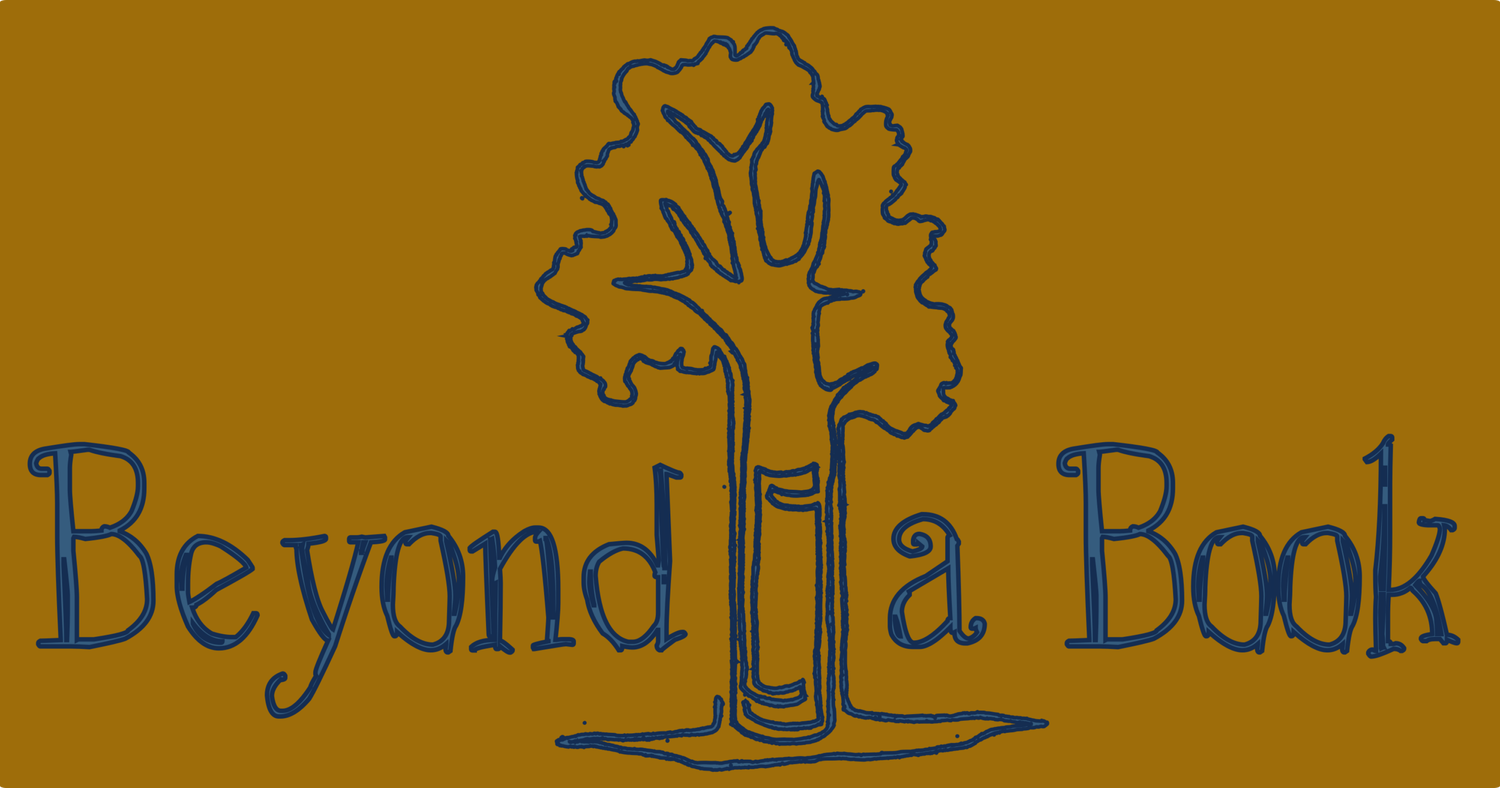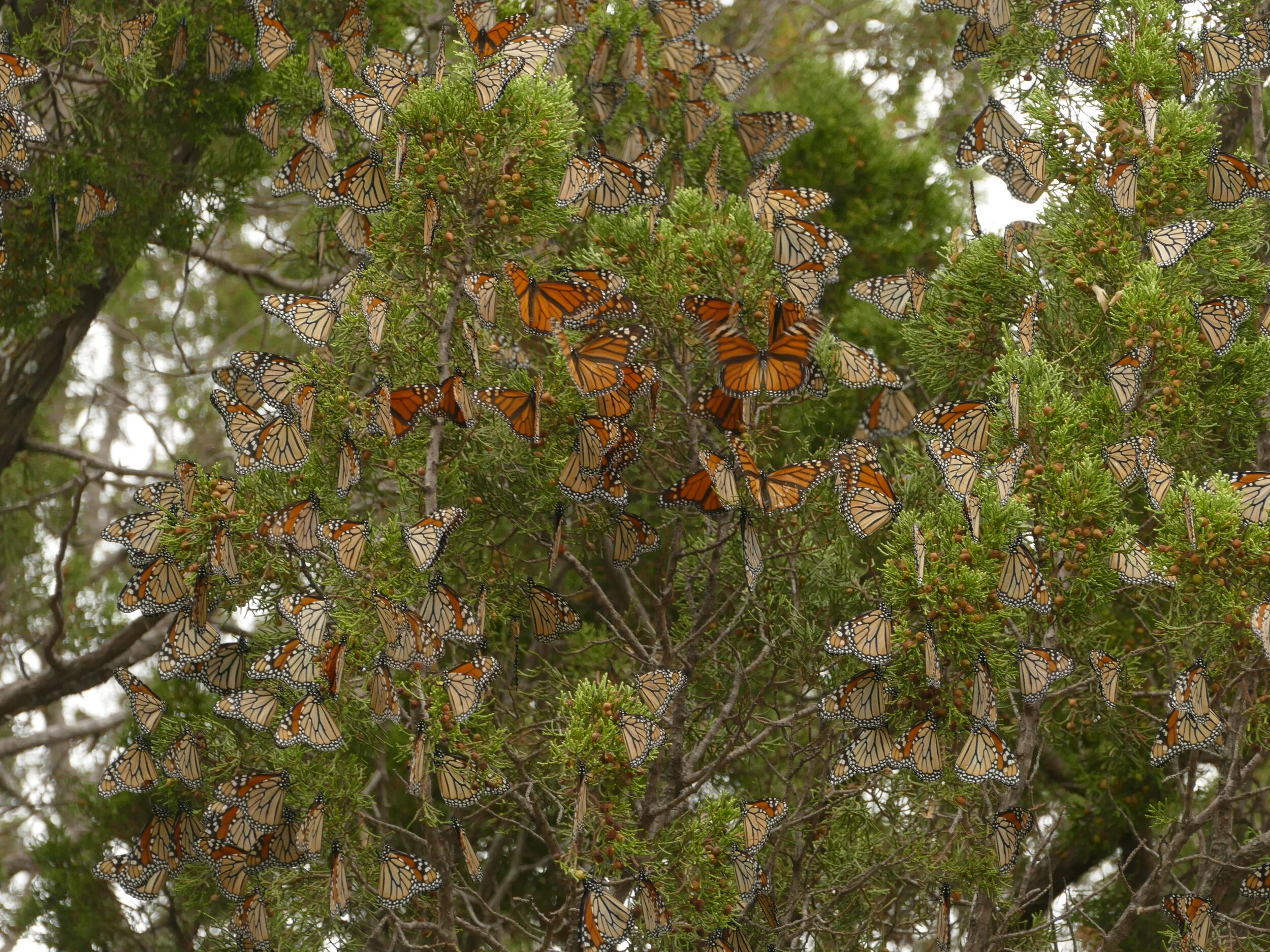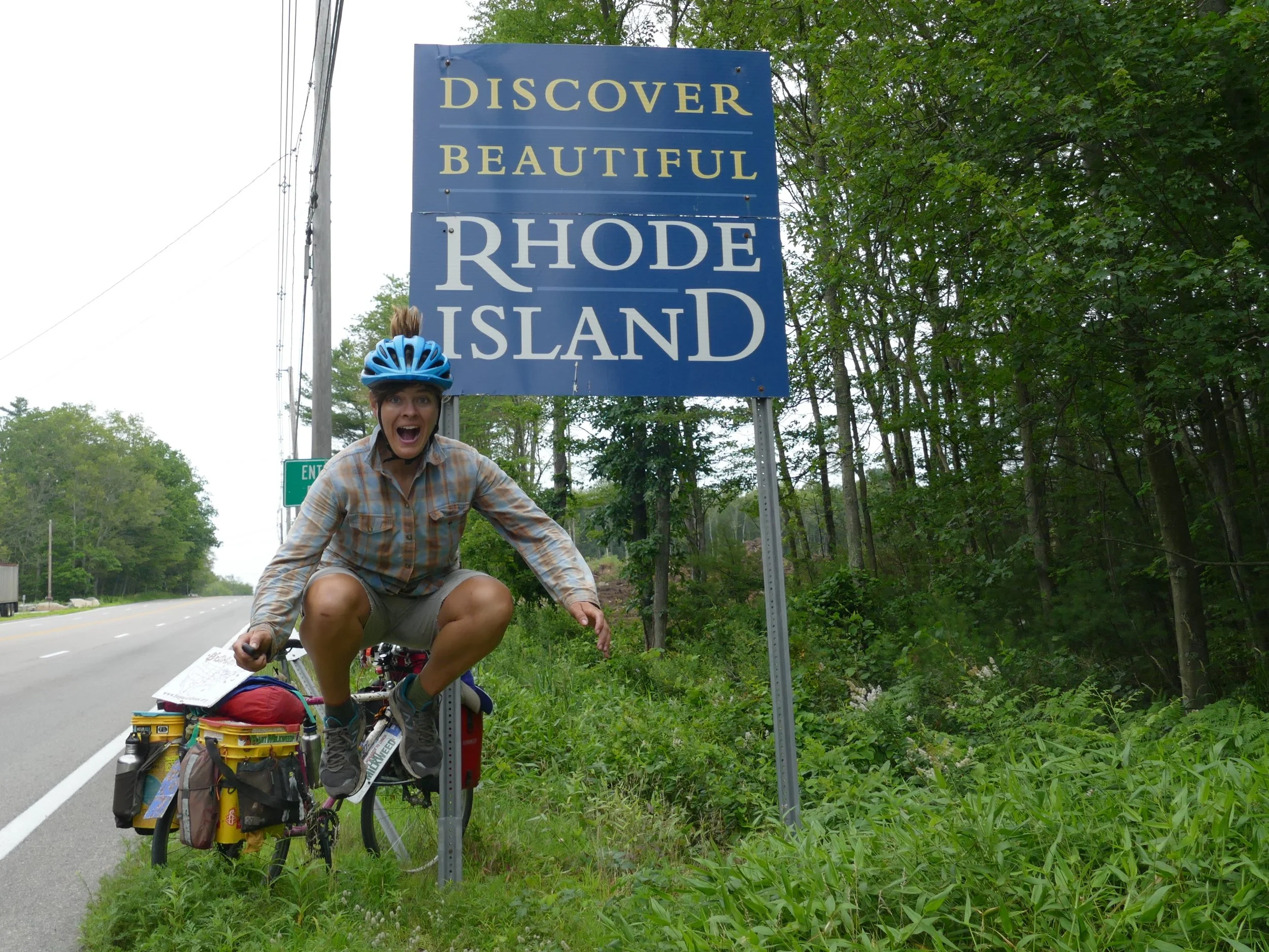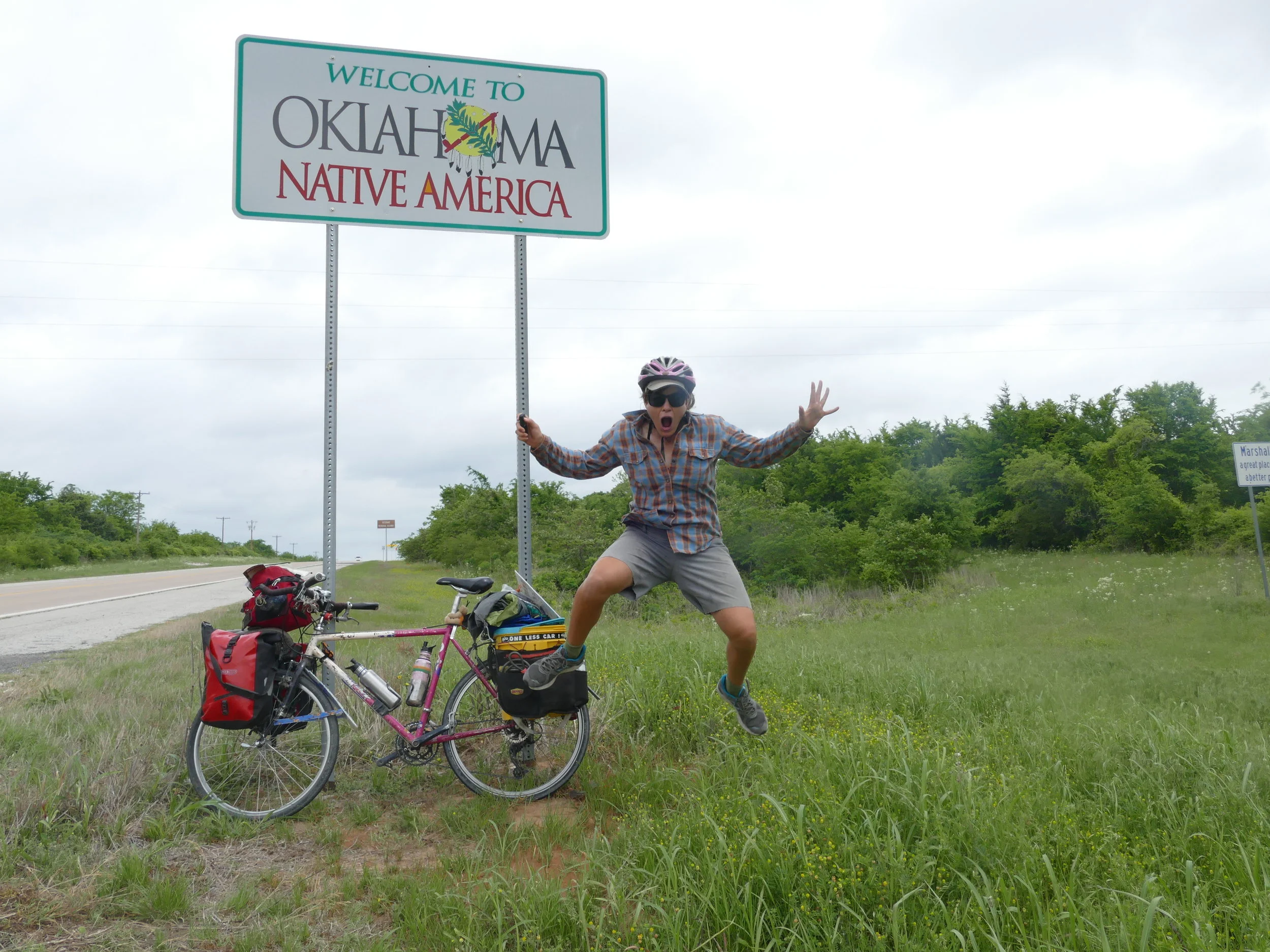Stories from ButterBike
Despite the dead, the cemetery bustled with smiles and life. Around us, people carried flowers and buckets of water. Small groups huddled around gone-but-not-forgotten souls. Dogs trotted with purpose. A man hustled sugar-coated churros between the flowers and wreaths. Then, like a gift from the universe, a shadow caught my eye. I spun my head to the heavens. “Una monarca!” I gasped.
This weekend it was an impassioned group of people lifting me up and pushing me forward. For three days teachers, plant producers, farmers, researchers, citizen scientists, master gardeners, conservation specialists, and Monarch Watch volunteers gathered in Lawrence, KS to talk science, give thanks, and celebrate 30 years of Monarch Watch.
Whether writing or riding, one thing is clear: the monarchs are my teachers. On my bike tour they taught me about the science of their migration, how to plant native plants, how to be a voice for creatures too often overlooked. Now, as the monarchs motivate me to continue to write and edit and learn, it seems they are still my teachers.
Go figure, I thought as hundreds of monarchs streamed across Texas’ Highway 90. Their confetti-like shadows swirled around me. “Now we cross paths!” I laughed. In 2017 I had biked 10,200 miles from Mexico to Canada and back, doing my best to follow the migration. I had seen 722 adults during my 10 month trip. Now in Texas, leading Adventure Cycling’s Southern Tier bike tour across the USA (a bike tour that had nothing to do with butterflies), I was seeing thousands. In just a few hours I was to see more monarchs than during the entirety of my Butterbike tour. Better late than never, I decided.
Thanks Chrissa for writing this wonderful overview of the monarch migration and my trip following the butterflies. It is an especially perfect introduction for younger kids.
I picked the monarchs for logistical reasons, but the monarchs turned my trip into something more. I learned to see the monarch not just as an inspiring creature, but as a symbol in many lights.
Having cycled across the USA/Mexico border twice previously, I was well aware of the perceived dangers at the border thanks to the constant barrage of warnings. Warnings are not new to me, in fact folks often go one step beyond warning me, by looking into my eyes and telling me I am going to die
After looping and lollygagging through Missouri, I set my sights to Mexico and began a bee line (or butterfly line perhaps) south. I punched through the forested mountains of Arkansas and Oklahoma, and landed in Texas hill country at full speed. I was still seeing monarchs, but knew they would pass me soon, so my route was purposeful and direct, with scheduled stops only in Arkansas’ NW corner and 700 miles later in Austin, TX.
While strange weather postponed the monarch migration, I carried on, looping through Missouri like a collie rounding up any monarchs I could find to herd them south. This loop through Missouri was part a logistical inevitability and a lucky break for me. Inevitable because I wanted to visit a handful of towns that edged Missouri’s eastern, western and southern borders. A lucky break because Missouri is one of my favorite states and I welcomed the miles. I was happy to meander along the Mighty Missouri as it carried stories of mountains and prairies in its waters. I was thrilled to visit Missouri’s southern corners where the Ozarks formed a tangle of limestone rock, perfect color rivers, and thick, green forests. I was also happy to visit the communities enjoying both and fighting for both.
Originally, my route took me through Canada only once; but after a few emails from some passionate monarch stewards it was clear that the energy in southern Ontario couldn’t be passed up. This energy, after all, is the commodity that makes my trip more than a bike ride. It is the resource I need to connect my trip to audiences and media. Alone, my voice is quiet, limited by the necessity of splitting my time between scheduling, networking, presenting, documenting, updating, OH AND BIKING! So when people with energy offer their support, expertise, and help, I do my best to take advantage of it. I’m 99% glad I changed my route to visit Southern Ontario.
Planning my route, long before I started biking and learning about the monarchs, was a game of guessing. I knew I couldn’t go everywhere, I knew unpredictable weather would win over careful planning, and I knew I needed variety to pull off another USA bike tour. So, I did some research, made some lists, and did some guessing.
I crossed the St. Marys River, a living churning border between Michigan and Ontario, on a bridge under construction and being tested by strong winds. Cresting the top of the bridge, weaving around cones and bracing for the impatient cars, I left the United States behind. Then letting gravity pick up my speed, I was carried into Canada. I was excited to enter new terrain, the monarch’s northern territory, and I biked with gusto into the world of loonies, kilometers, Tim Hortons, and bilingual signage. I was in Canada. I had biked there from Mexico.
On a map, Minnesota, Wisconsin, and Michigan float north to the border, fitting like puzzle pieces around their Great Lakes neighbors. These lakes convene on the map like five watery states, and I can feel the impact of the states’ lake shores, like the freshwater reflections and the waves without tides are persuading these states into something of their own. Perhaps, I wonder as I bike, if the lakes are that shared ingredient that leave visitors like myself attaching Upper to their Midwest identity.
So, when a reporter, over the phone, asked me “are you always this angry?” two things popped into my head. First, I was annoyed. Was I not allowed to be angry? Did talking about butterflies obligate me to paint some pretty picture of this world? A world where wild places were under attack, the monarchs and frogs were the casualties, and my tiny bike tour counter attack seemed like a joke? I was so weighted down by reality that anything less than anger seemed to be nothing short of gullibility.
I had all the intentions in the world to write about my Kansas miles in a relevant time frame, but since I’ve now put a healthy distance between me and my home state I’ll have to rely on my memory.
But this pass through Texas and Oklahoma has been anything but drab, and the winds have graced me mercifully, pushing me forward. Even the rainstorms that have charged through have been survivable, especially considering I had to survive the last one inside a wonderful house with a passionate and generous monarch advocate (so rough huh!). I am happy to report that the scenery, the wildlife, and roadside support has made this trip more enjoyable that I ever imagined it would be.
This meant it was up to me to guess a route through Mexico. My 1,000 mile route in Mexico took me down loose gravel roads and new, smooth-as-butter pavement; through humid forests, baking deserts, and tiny towns. And while my route did take me by a few migrating monarchs, after 1,000 miles in Mexico I am left with more questions about the migration than when I started.
It is here, riding side by side with this monarchs, that I deliberately remind myself of what my trip means. Yes, I will be biking 10,000 miles over the next nine months trying to follow these monarchs, their babies, grandbabies, great grand babies, and even their great great grand babies. And while 10,000 miles on a bike is a lot, I still feel like the impressive part of the whole thing is that these monarchs will be traveling the same terrain. These monarchs that slide through the forest and race down the road have traveled thousands of miles, arriving here without not only a map but without having ever been here before.
We stand surrounded by the quiet trees and the monarchs that cling to them like books on shelves waiting to be read. Here monarchs land after thousands of improbable miles to wait out the winter. What the other visitors think I do not know. What I think is this: The world is full of truly unimaginable things that inspire me to walk into the wild AND fight with everything I have to save them from ourselves.
Want more blogs? Explore past projects here.





















